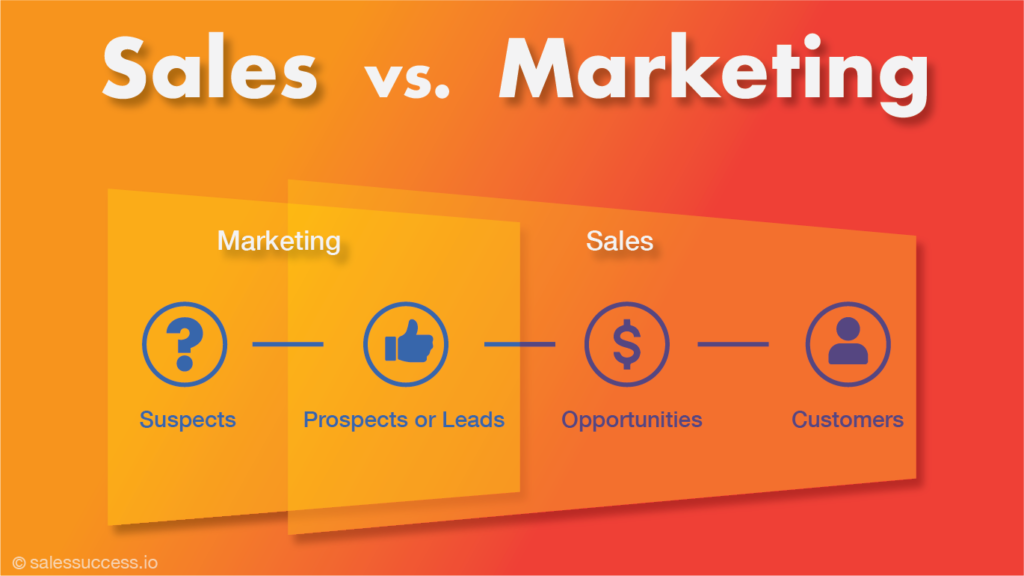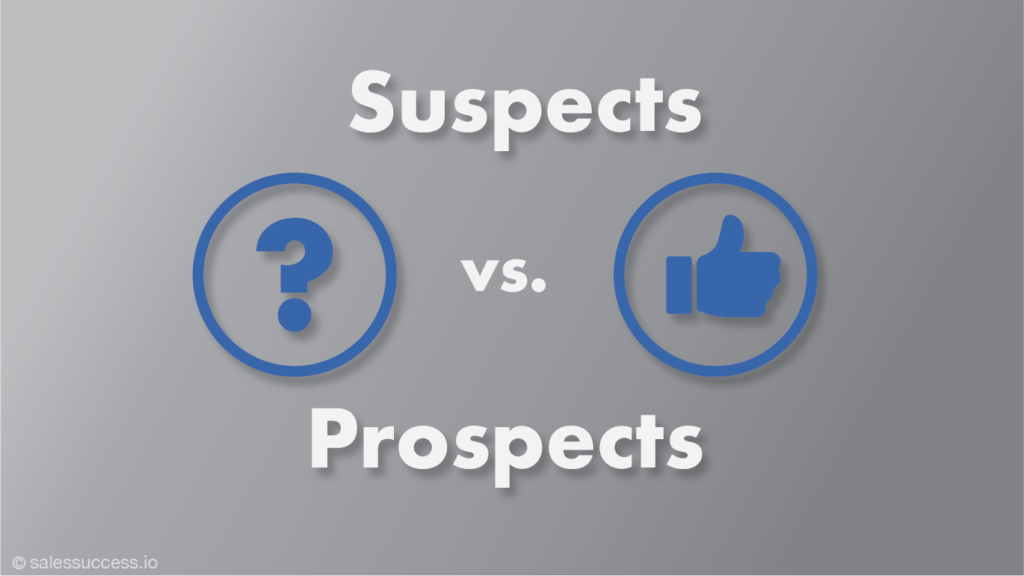- From Revenue to ROI: Finance Fundamentals Every Seller Needs
- Strategy 101 for Salespeople: How to Think Like a Strategist and Sell Like One
![]()
Sales isn’t just about closing deals – it’s about closing smart, sustainable, and profitable deals. That requires more than charm, grit, and a CRM. To truly excel, salespeople must understand the financial engine that powers their business and their customers’ businesses. This post lays out the essential financial and accounting knowledge every salesperson needs to master.
Start with the P&L: Understand How Your Own Company Makes Money
As a salesperson, it’s easy to focus only on hitting quotas. But to truly succeed — and protect your margins — you need to understand how your own company makes money. The Profit & Loss (P&L) statement is your roadmap to understanding what a profitable sale actually looks like.
Here’s how a typical company P&L breaks down:
- Revenue (Top Line): Total sales generated by your company
- Cost of Goods Sold (COGS): Direct costs tied to delivering your product or service — such as materials, hosting fees, or delivery
- Gross Profit: Revenue minus COGS — this is where sales margin lives
- SG&A (Selling, General & Admin): Indirect costs — salaries, marketing, office expenses, HR, etc.
- Operating Profit (EBIT): What’s left after SG&A
- Depreciation & Amortization: Accounting entries for long-term assets (non-cash)
- Interest & Taxes: Financing costs and taxes
- Net Profit (PAT): The final “bottom line” profit
EBITDA (Earnings Before Interest, Taxes, Depreciation, and Amortization) is a key metric used to evaluate how efficiently your company turns sales into cash flow. It strips out non-operating and non-cash items, giving a clearer view of core profitability.
Gross Margin vs. Markup: Know How Your Company Profits from Sales
To make financially sound decisions in sales, you must understand the difference between gross margin and markup — both show how much profit your company retains, but from different perspectives.
- Gross Margin = (Revenue – COGS) / Revenue
This tells you what percentage of each sale is profit after covering direct costs. It’s what your company actually keeps. - Markup = (Revenue – COGS) / COGS
This shows how much above cost you’re selling the product or service.
Why this matters:
Closing a large deal looks good on paper, but if your margin is too low, you are not contributing real profit. In fact, steep discounting or low-margin sales can hurt the business more than help it — especially if support, onboarding, or service costs eat into thin margins.
Salespeople must balance volume with profitability. Knowing your margins empowers you to:
- Prioritize deals that drive sustainable growth
- Push back on unnecessary discounts
- Explain value to the customer more confidently
ROI, IRR, and Payback: Speak the Customer’s Financial Language
When a customer evaluates your solution, they are not just thinking features — they are thinking financial impact. Can this investment pay for itself? Will it boost profitability or reduce costs? That’s where financial storytelling comes in.
To sell value — not just price — you must speak their language:
- ROI (Return on Investment) = Net Gain / Investment Cost
This shows the total return your customer can expect from investing in your solution. - Payback Period = Time to recover the initial investment
Shorter payback periods are especially appealing in uncertain markets. - IRR (Internal Rate of Return):
The interest rate that makes the net present value of future benefits equal zero. It’s used in more finance-driven purchase decisions (especially by CFOs) to compare competing investments.
Why this matters:
Many deals get stalled or lost not because the solution lacks merit, but because the value case wasn’t clear. Don’t default to discounting. Instead:
- Build a solid business case using ROI and payback
- Quantify the upside — savings, gains, efficiency
- Tailor your narrative to financial stakeholders
When you demonstrate impact, not just features, you earn the right to defend price — and win bigger, better deals.
The Cost of Delayed Payment and the Value of Cash
Closing a deal is only part of the story — getting paid on time is just as critical. For your company, cash flow is oxygen. And delayed payments hurt more than just accounting — they reduce profitability.
Here’s why this matters:
- Time is money — literally. If a customer delays payment by 60–90 days, your company is effectively financing their business — and paying the cost of capital to do so.
- Suppose your company borrows money at 12% annual interest to fund operations. Every rupee stuck in unpaid invoices carries a hidden interest cost — and eats into margins.
- This is why sales teams must understand working capital. Selling on time but collecting late can actually destroy value.
Smart salespeople don’t just close deals. They close clean deals — with firm payment terms, and proper credit discipline.
What to do:
- Set clear payment terms upfront and reinforce them in every deal.
- Avoid offering long credit periods casually.
- Collaborate with finance to understand when extended payment terms are acceptable — and when they’re too expensive.
A deal is only truly successful when value is delivered — and cash is collected. Salespeople who understand this become trusted commercial partners, not just order-takers.
Types of Sales and Their Financial Impact
Not all sales are created equal — and each type affects your company’s revenue, margin, and cash flow differently. As a salesperson, understanding how your offer flows through the books helps you sell more strategically and profitably.
A. Physical Product Sales
- These have clear COGS — manufacturing, packaging, shipping, warehousing.
- Margins can be tight, so volume and inventory turnover matter.
- Discounts can kill profitability fast — watch the numbers.
B. Software License Sales (Perpetual vs. Subscription)
- Perpetual licenses give big upfront cash but are often one-time wins.
- Subscription (SaaS) creates recurring revenue — great for valuation, but cash comes in slower.
- Sales must understand deferred revenue (can’t recognize it all at once) and churn (the silent killer of subscription growth).
C. One-Time Services
- Think consulting, implementation, or creative projects.
- Margins depend on billable utilization and scope control.
- Over-servicing eats margin; under-delivery hurts renewals.
D. Recurring Services
- E.g., support, maintenance, or managed services.
- Lower upfront payments, but high lifetime value and predictable cash flows.
- Renewals and upsells drive profitability.
Why this matters: Each model changes how fast revenue is booked, how much margin it brings, and how predictable the business becomes. Knowing your financial model helps you forecast better, price smarter, and protect both company and customer interests.
Financial Ratios and Metrics That Matter — About Your Customer
Selling effectively isn’t just about knowing your product — it’s also about knowing your buyer’s financial health. Smart salespeople use basic financial ratios to assess whether a customer is ready to invest or showing signs of stress.
Here are four metrics worth understanding:
A. Current Ratio = Current Assets / Current Liabilities
- Indicates short-term liquidity. A ratio <1 may signal trouble paying suppliers (including you).
B. Quick Ratio
- Like current ratio, but excludes inventory. Even tighter check on ability to meet short-term obligations.
C. Free Cash Flow = Operating Cash Flow – Capital Expenditures
- Shows how much cash the company has to reinvest — or spend with vendors like you.
D. Net Margin vs. Gross Margin
- Gross Margin = Profit after direct costs.
- Net Margin = Profit after all costs (taxes, interest, etc.).
- If Net Margins are razor thin, the customer may push harder on pricing or payment terms.
These metrics aren’t just for finance teams. They give salespeople insight into customer intent, budget strength, and deal risk — so you can tailor your pitch, manage pricing pressure, or qualify out early.
7. Business Acumen: Think Like a CFO
If you want to earn credibility with senior decision-makers, especially CFOs, you need to speak their language — the language of business impact.
That means shifting from pitching features to positioning outcomes. Ask yourself:
How does this solution improve the customer’s financial health?
To sell like a pro, you must:
- Position your product as a business driver — show how it increases revenue, reduces cost, or improves efficiency
- Understand how customers budget, manage risk, and evaluate ROI
- Speak in financial terms — not just technical specs or emotional benefits
- Build business cases that tie your solution to measurable gains in profit, margin, or payback
Business acumen is what separates average reps from trusted advisors. Think like a CFO, and you’ll sell like one.
Final Thoughts: Sell Smarter, Sell with Financial Acumen
Salespeople today are far more than just persuaders — they are strategic partners. The best reps operate with the mindset of a business advisor. They understand how their offering drives profit, how buyers evaluate value, and how financial metrics shape every decision.
When you master financial acumen, you:
- Sell with credibility
- Build stronger business cases
- Avoid unnecessary discounting
- Earn trust from C-suite buyers
Finance is not a hurdle — it’s your edge. Make it your ally, and you won’t just close more deals — you’ll close the right ones.
Subscribe to our Blog



